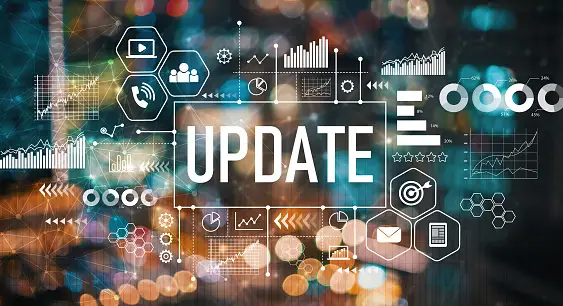
Introduction
Welcome to Geedesk! We’re thrilled to share some fantastic updates with you. We have given our custom report a cool upgrade, and we can’t wait to spill the beans. Imagine having more details at your fingertips – well, now you do! We’ve added three awesome things: ticket category, ticket sense, and ticket on-hold duration. These changes are like a superpower for your reports, making them more useful. Stick around as we take you through these upgrades and show you how they can make your custom report a breeze. Let’s get started!
Understanding The Purpose Of Custom Reports
Custom reports have become an essential tool for businesses across industries. These reports offer a flexible and personalized approach to analyzing and presenting data, allowing organizations to gain unique insights and make informed decisions.
Defining Custom Reports and Their Importance
Custom reports are personalized reports that allow users to select, analyze, and visualize data based on their specific requirements. Unlike standard reports, custom reports offer a high level of customization. The importance of custom reports lies in their ability to provide targeted and actionable information that aligns with specific business goals.
New Updates And Enhancements
1.Inclusion of Ticket Category and Ticket Type
We’ve introduced two powerful additions to our reporting system: Ticket Category and Ticket Type.
- Ticket Category
The Ticket Category serves as a vital organizational tool, aligning itself with specific departments. It acts as a primary filter, allowing users to categorize tickets based on their respective departments.
- Ticket Type
Ticket type further refines our reporting by taking into account both the ticket category and the department. This ensures a more detailed and fine-tuned classification, providing a comprehensive report view.
- Mapping Relationship
- The Ticket Type is mapped with the Ticket Category to ensure a seamless reporting structure. This means that each Ticket Type is associated with a specific Ticket Category, creating a logical connection between them.
- Moreover, the Ticket Category is mapped with the corresponding department, establishing a hierarchical link that aligns the categorization of tickets with the broader organizational structure.
- Overall Functionality
The interplay between Ticket Category, Ticket Type, and departmental mapping serves a singular purpose: to empower users in filtering reports effectively. This comprehensive system allows for targeted data extraction, ensuring that reports are customized to specific departments, ticket categories, and ticket types.
2. Inclusion of Ticket Sense
Ticket Sence feature is designed to enhance the flexibility of your reporting experience. When the “Ticket Sense” option is enabled, users can view the nature of the ticket, whether they are service requests or complaints in their reports.
- How to Use
Enabling the “Ticket Sense” option is straightforward. Once checked, users can effortlessly incorporate this classification into their reports.
3. Ticket On Hold Duration Metrics
One of the key updates in our custom reports is the introduction of Ticket On Hold Duration Metrics. This feature provides a closer look at the time a ticket spends on hold.
- Significance of Tracking Ticket On Hold Duration
- Users can now view the current on-hold duration of a ticket, providing real-time visibility into its status.
- An efficient feature of this metric is the automatic timer stopping once the ticket is resolved.
- Beyond the current ticket status, our new metric allows users to view on-hold times for resolved tickets.
- How to Use
Enabling “Ticket On Hold” and “Ticket On Hold duration” is a breeze. Once the “Ticket On Hold” is checked the user can view whether the ticket is on hold or not as a separate column in their report and once the “Ticket On Hold duration” is checked then the user can view the on-hold duration of the ticket as a separate column in their report.
Frequently Asked Questions (FAQs)
A. How do I get started with creating a Custom Report?
To create a Custom Report click Custom from the Report section. And now you can start generating the custom reports with the specific spreadsheet column selected or any specific filter applied.
B. Is it possible to download Custom Reports?
Yes, Custom Reports can be downloaded.
Conclusion
Thank you for being a part of Geedesk. The latest updates in our custom report might seem small, but they pack a punch. Now, with ticket category, ticket sense, and ticket on hold duration, your reports are more personalized and powerful than ever. Utilizing custom reports can enhance decision-making, improve productivity, and drive success across industries.
Feedback Corner
We value your feedback! Share your thoughts on the Custom Report feature, and let us know how it’s enhancing your data analysis and reporting experience.